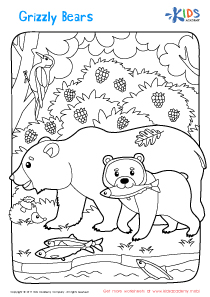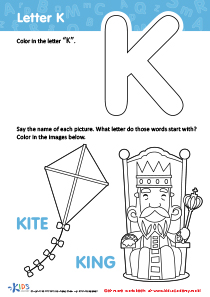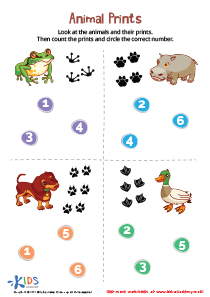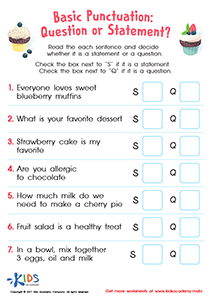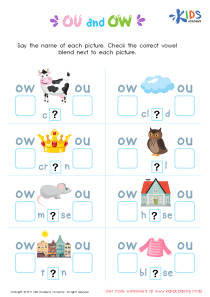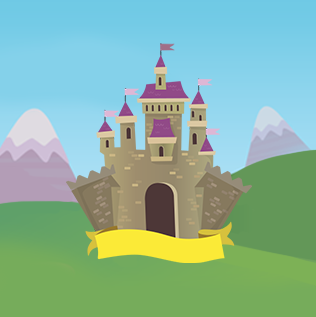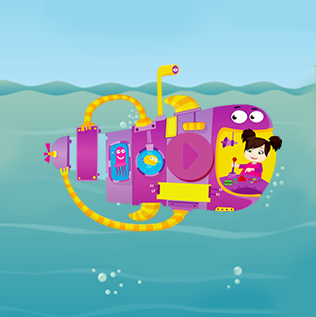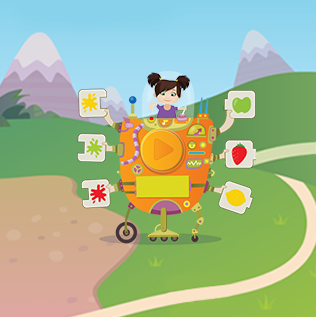Logic and Early Math Lessons | Matching and Sorting for 3-Year-Olds
9 results
Introducing our captivating Matching and Sorting for 3-Year-Olds program, designed to engage young learners in the foundational skills of categorization and identification. This interactive series includes a variety of worksheets, educational videos, and assessment quizzes tailored specifically for the developmental stage of three-year-olds. Through playful and colorful activities, children will master the art of matching similar objects and sorting them based on different criteria. These lessons not only enhance cognitive development but also foster critical thinking and problem-solving skills from an early age. Join us in creating a fun and educational journey for your little one with our Matching and Sorting for 3-Year-Olds program!
Unveiling the Benefits of Matching and Sorting for 3-Year-Olds in Early Education
In the foundational years of childhood, every experience and lesson shapes the building blocks of learning and development. For parents and educators eyeing for effective and engaging educational strategies, "Matching and Sorting for 3-Year-Olds" stands out as a remarkable approach. This method not only captivates the young minds but also significantly contributes to their cognitive and academic growth.
Matching and sorting activities are more than just child's play. They are essential educational tools that help children understand and categorize the world around them. Specifically designed for 3-year-olds, these lessons come equipped with interactive worksheets, educational videos, and assessment quizzes, making learning a fun-filled adventure for the little ones.
Cognitive Development
One of the foremost advantages of matching and sorting for 3-year-olds is the stimulation of cognitive development. Through these activities, children learn to recognize patterns, understand relationships between objects, and develop critical thinking skills. This early exposure to logical reasoning sets a strong foundation for problem-solving abilities in later stages of their academic journey.
Language Skills
As children engage in matching and sorting activities, they also enhance their language skills. The interactive nature of the worksheets and videos encourages them to name objects, describe their attributes, and follow instructions. This not only enriches their vocabulary but also improves their listening and comprehension skills, which are crucial for effective communication.
Fine Motor Skills
The hands-on aspect of matching and sorting activities is instrumental in developing fine motor skills in 3-year-olds. Manipulating small objects, placing them in the correct categories, and interacting with digital interfaces on tablets or computers, all require precise movement control. These activities refine their hand-eye coordination, preparing them for future tasks that require dexterity, such as writing.
Social and Emotional Development
Matching and sorting activities often involve a level of interaction with peers or educators, fostering social skills in young learners. This collaborative learning environment encourages them to share, take turns, and work together, promoting emotional intelligence and empathy. Furthermore, the sense of achievement from completing these tasks boosts their self-esteem and motivates them to embrace new challenges.
Educational Readiness
The skills acquired through matching and sorting activities have a direct impact on educational readiness. Children become familiar with the concept of categorization, a skill that transcends across various academic subjects like mathematics, science, and language arts. The early mastery of these skills ensures that children are well-prepared and confident as they transition into more structured learning environments.
In conclusion, "Matching and Sorting for 3-Year-Olds" is not just an educational program—it's a comprehensive developmental tool. It addresses multiple aspects of a child's growth, from cognitive and motor skills to social and emotional well-being. By integrating interactive worksheets, educational videos, and assessment quizzes, it offers a dynamic learning experience that captivates and educates simultaneously. Embracing such enriching activities during the formative years can significantly bolster a child's readiness for future academic endeavors, making it a valuable addition to any early learning curriculum.
